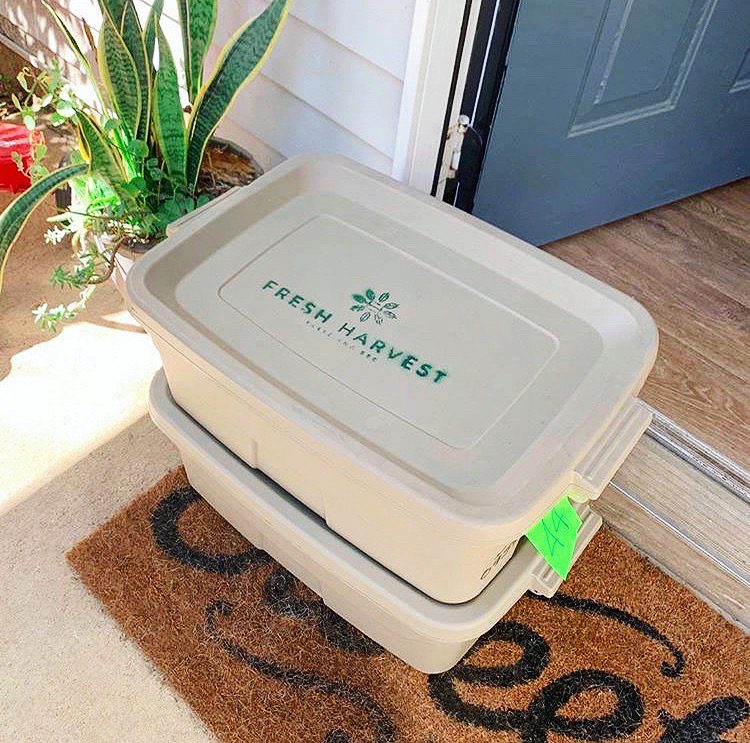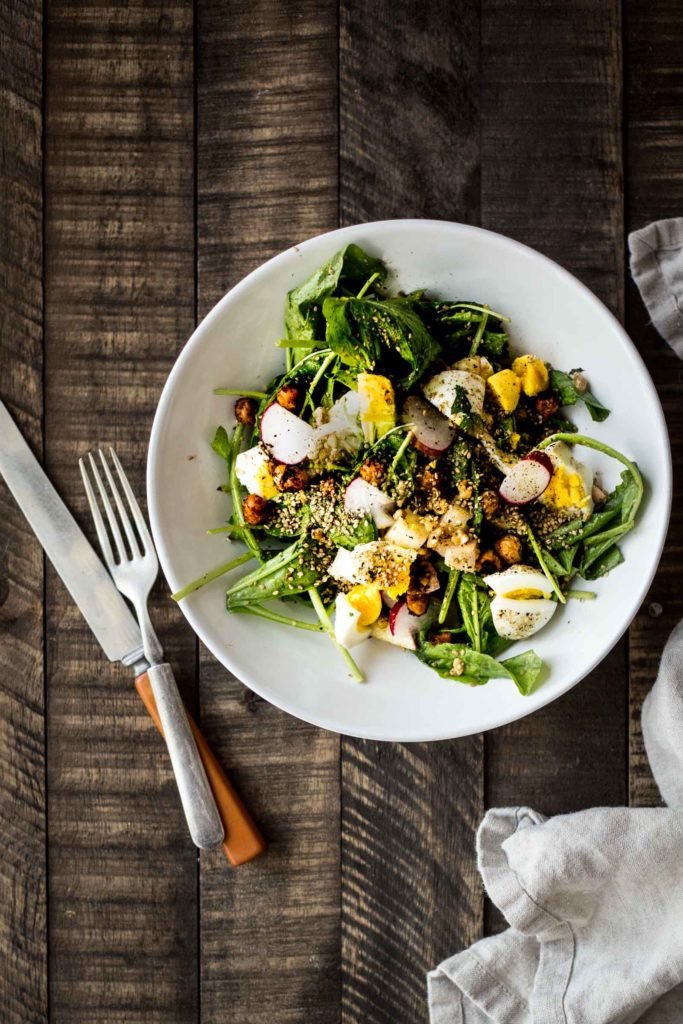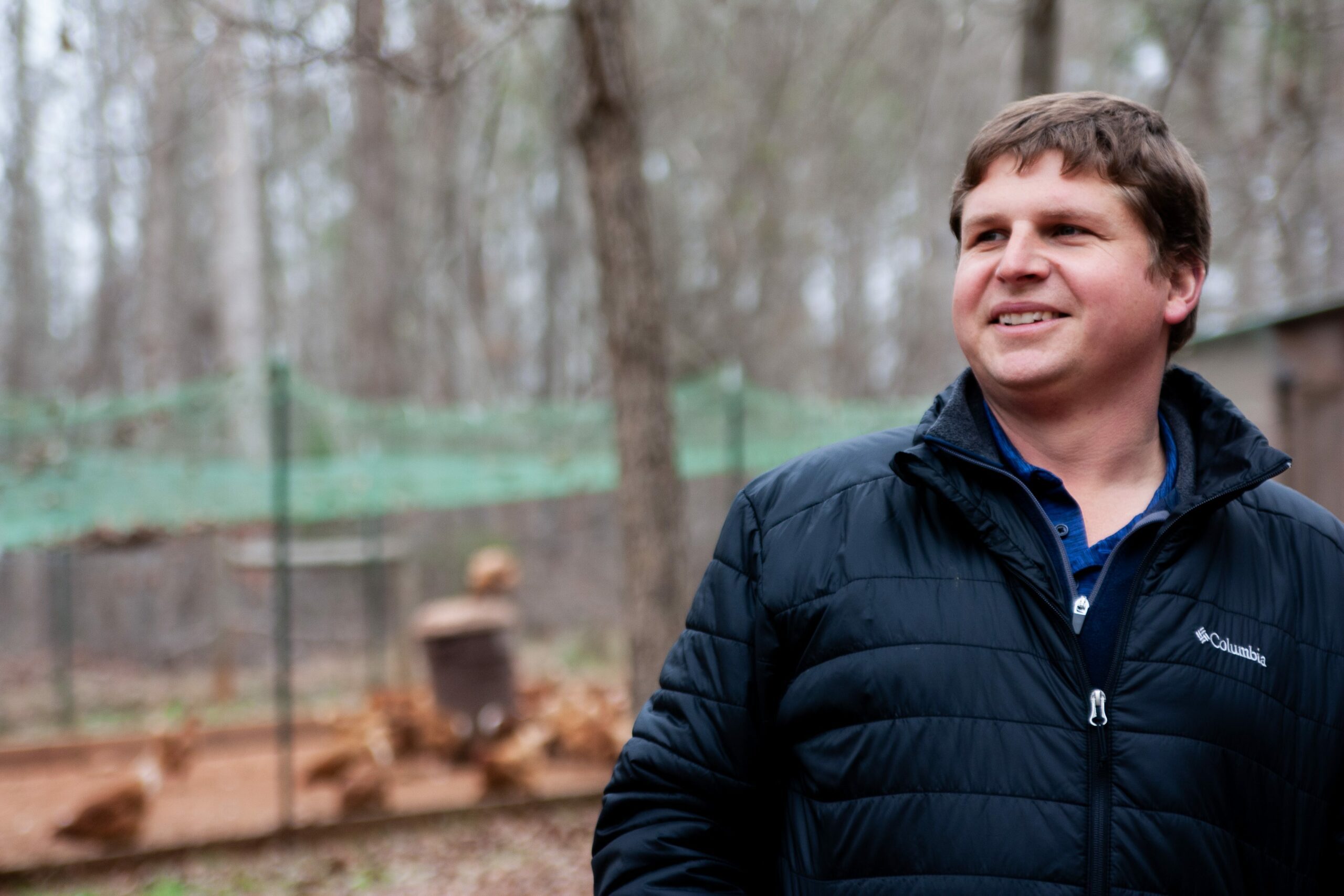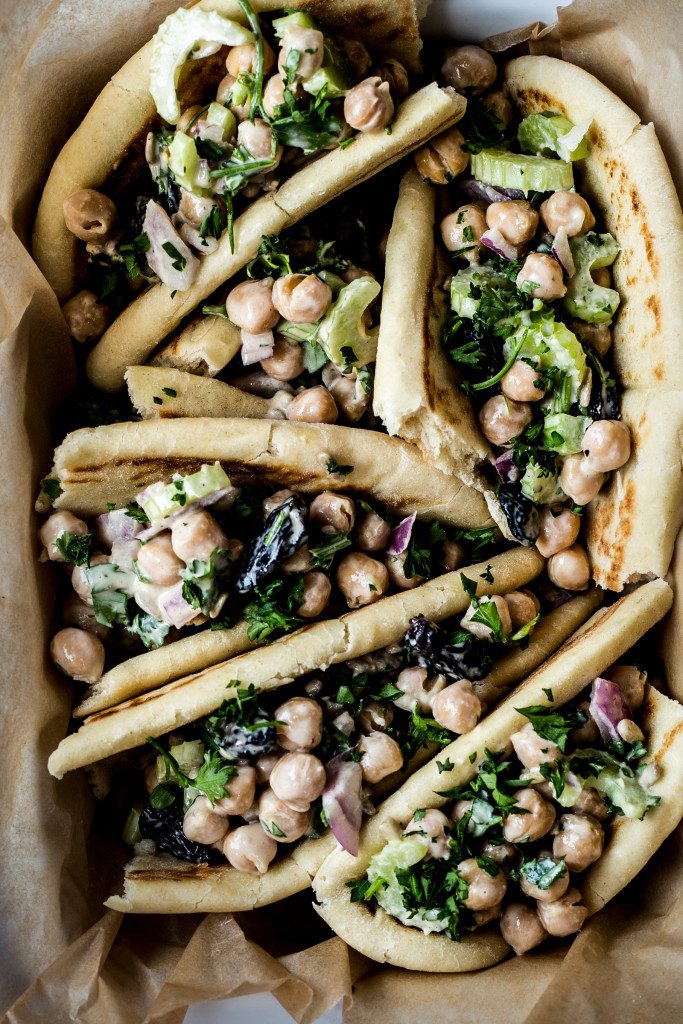The world of single-use plastic food packaging extends further than most of us care to imagine. We all know it can be easy to turn a blind eye to where our food comes from. How much more so to stop and consider the way our favorite foods are packaged? Thanks to a common conviction, our community is further along on the path to freedom from single-use plastics than we might have imagined. But before exploring the path forward, we must first be aware of the enormity of the problem at hand.
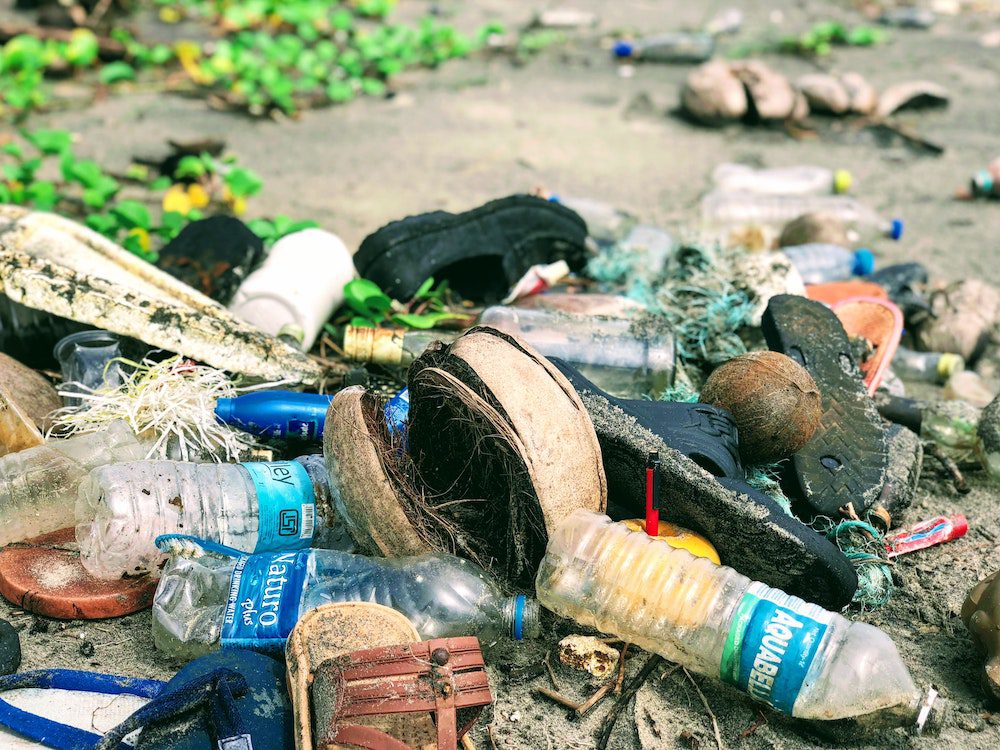
It turns out that the consequences of our culture’s plastic addiction are not only harmful to the health of our planet, but also to the chemistry of our food and our bodies. We’ve all seen the destructive images of litter strewn about the ocean. Think, The Great Pacific Garbage Patch. We’ve driven past and contributed to the cascading mountains of buried trash mildly referred to as landfills. We’ve been moved by the anti-littering ads depicting a helpless duck encumbered in a tangle of plastic rings. But if our view of single-use plastic’s influence stops with these attention grabbing examples, then we are missing the bigger picture.
In fact, there are two subcategories of plastics based on their size: macroplastics and microplastics. Ironically, microplastics have a far larger impact on our lives than their big brothers. This category of plastics is most typically the result of the erosion of larger macroplastic pieces and are most often invisible to the naked eye. Nearly every environment on the globe is burdened with little bits of plastic, which have been found in the depths of the Mariana Trench, on the most secluded peaks of the Pyrenees Mountains, in our soil, and even in the air we breathe. What’s most concerning about the pervasiveness of plastics in our environments is that they are often made with toxic chemicals that are harmful if inhaled or ingested. And you don’t have to take a bite out of your water bottle to absorb these pollutants. Environmental factors such as the sun’s heat and natural erosion can cause many plastics to leach into our soil and accumulate in our food, air, and inevitably our bodies.

This can be overwhelming and discouraging to ponder. What can we possibly do about such a huge problem? One answer is to simply recognize that the path starts with your own individual choices. A 2018 study by Hannah Ritchie published in Ourworldindata.org stated that the average American generates nearly a pound of plastic waste every day. That’s a weighty stat in more than one way. After letting it sink in, we should offer ourselves some grace and remember that we may already be further on the path paved by good decisions than we think.
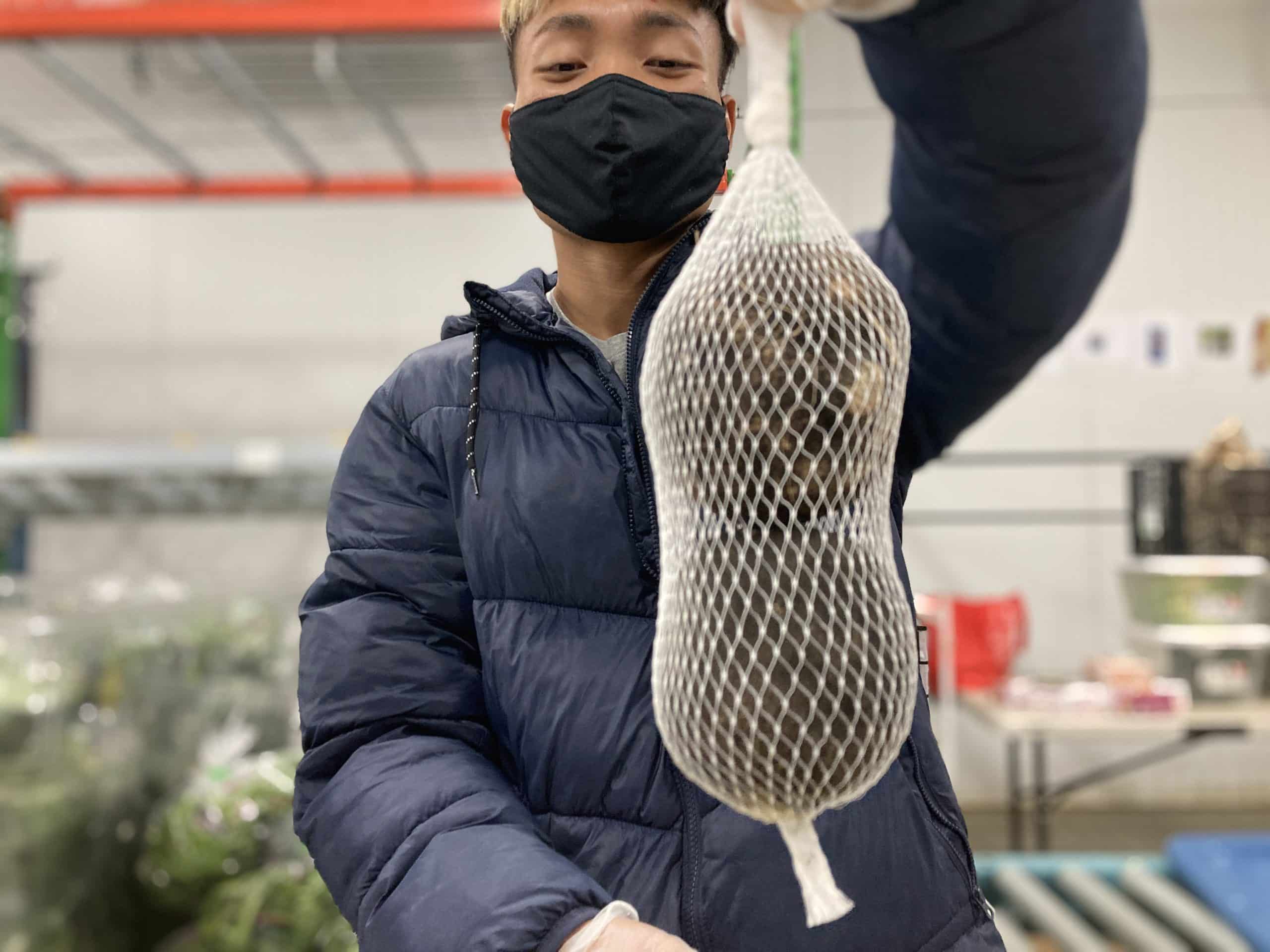
At Fresh Harvest we’re very familiar with the reality of our imperfection in this arena. On a positive note, we resolved to start our journey as a company committed to only delivering in reusable bins. As long as they are returned by our customers, these bins can last from 5 to 10 years of weekly deliveries (a vast difference from the industry norms!). But to be fully transparent, plastic packaging has often appeared to be an expedient solution for our produce, not only because of its availability but also for its superior ability to keep particular veggies in the best shape possible. Thanks to recent advances in alternative packaging along with our collective community’s growing conviction about the impact of plastics, we’ve begun to invest more heavily in biodegradable (able to decompose naturally) and compostable materials. Compostable brown paper bags, biodegradable berry boxes, biodegradable netting (pictured above), compostable clamshells, and compostable zipper bags are some of the newest materials we’ve employed to decrease our dependence on single-use plastics.
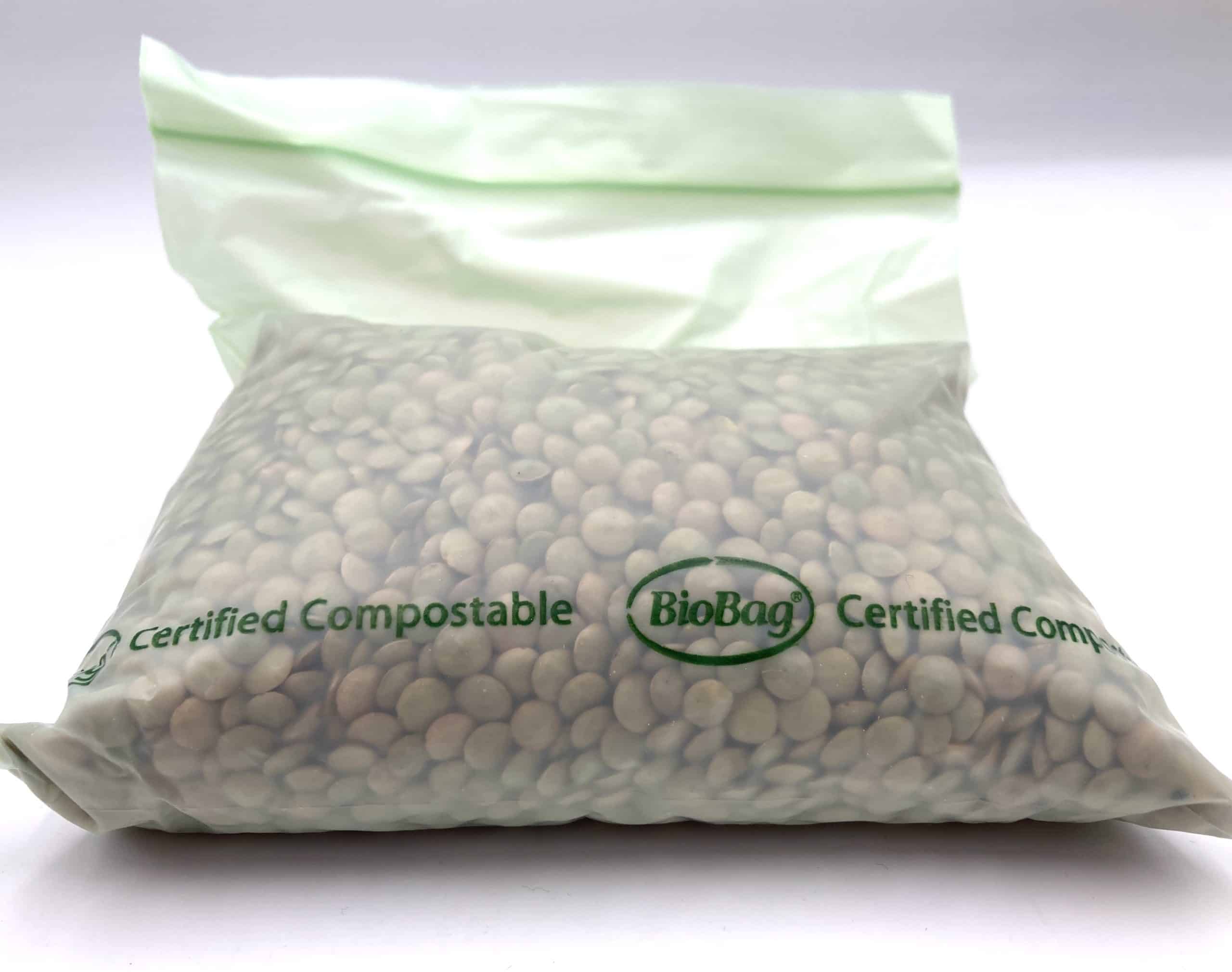
We recognize that our efforts have only scratched the surface of what’s possible and that our impact can and will be far greater as we continue along the path of improvement. We have big plans for 2021 and beyond to continue to phase out single-use plastic in lieu of more naturally degrading substances. So when you see new packing materials in future deliveries, now you know why!
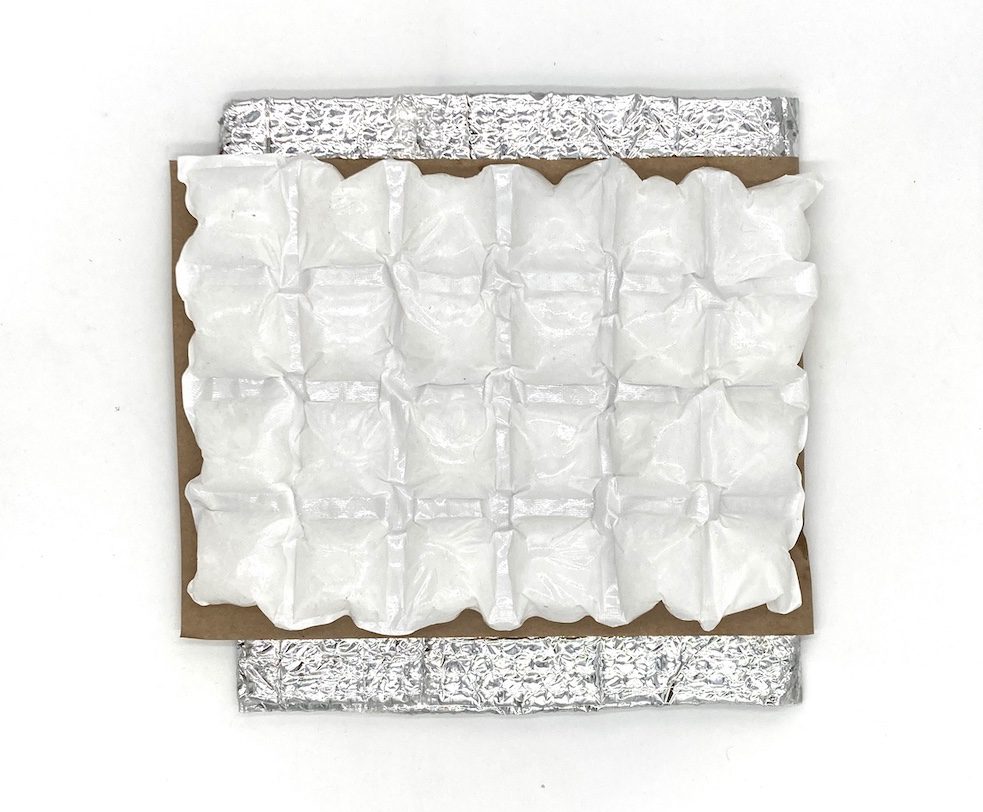
This growth towards the elimination of all single-use plastic is taking place over a series of small steps that we believe will make a big difference in the long run. We hope that our customers are encouraged, knowing that it’s your choice to receive a basket of local produce that fuels and allows our departure from dependence on these damaging materials. Every basket delivered to your door represents a meaningful decrease in new plastic entering the waste cycle. So pat yourself on the back. If you’re a Fresh Harvest customer, you can rest assured that you’re doing good work in the battle against single-use plastics, bit by bit.
Looking for more ways to be a part of the solution? Here are a few ideas:
- Start a backyard compost pile (or send your scraps to a company like Compost Now).
- Don’t let anything go to waste!
- Try making Zero Waste Vegetable Broth.
- Read Tamar Adler’s An Everlasting Meal for inspiration.
- Take a moment before throwing anything in the garbage and before buying something new. Ask yourself, “Can this be composted? Recycled? Reused?”

